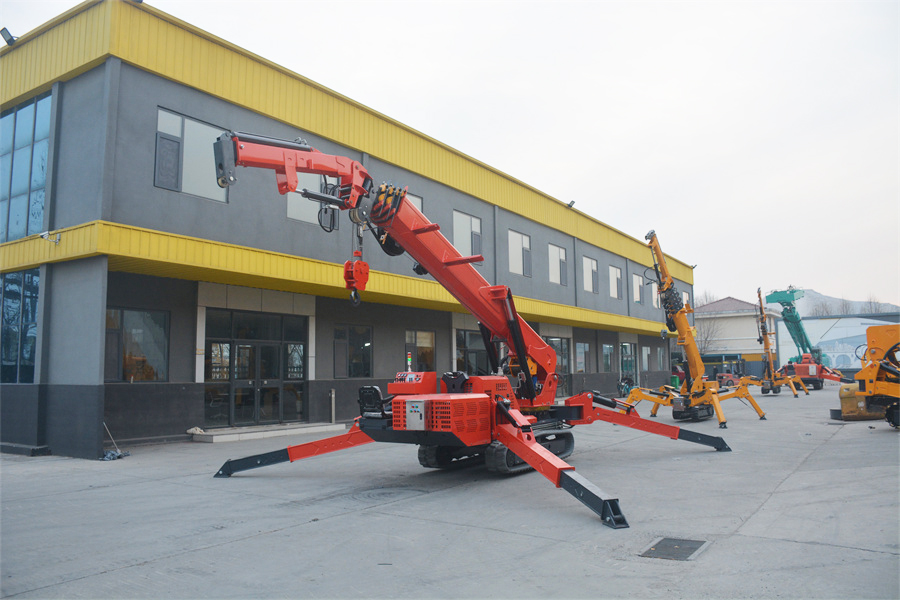What is Spider Hoist?

I. Basic Concepts and Naming Sources
Shape and Structure
The spider hoist is supported on the ground by four hydraulic outriggers and is named for its spider-like shape. The chassis adopts a crawler walking mechanism (hence also known as "crawler spider crane"), and the outriggers can be folded and tightened. It is compact and small during transportation (typical dimensions: 3 meters in length × 0.8 meters in width × 1.6 meters in height), capable of crossing narrow alleys, porches, and even indoor corridors.
Core function
The rated lifting capacity is usually 1 to 8 tons (commonly 3 to 5 tons), the maximum lifting height can reach 9.6 meters, and the working radius is approximately 8 to 9 meters. Supports manual operation or remote control. Some models have underground operation capabilities (such as at a depth of 10 meters underground).
Ii. Core Structural Characteristics
Compactness and mobility
It is small in size (width ≤1 meter) and can enter and exit Spaces such as elevators, stairs and rooftops that traditional cranes cannot reach.
The crawler chassis is suitable for muddy ground, slopes, uneven roads, and can even be transported to remote areas by helicopter.
Stability design
The four legs are independently hydraulically adjustable to ensure balance during operations on complex terrains, such as stairs, slopes or smooth indoor floors.
Power system
Dual drive mode of diesel and electric: indoor electric drive (no exhaust gas), outdoor diesel engine, balancing environmental protection and power demand.

